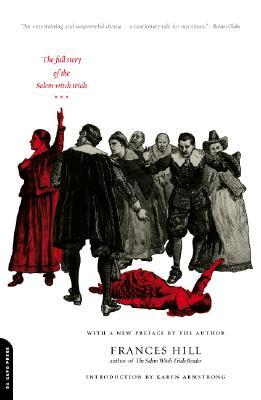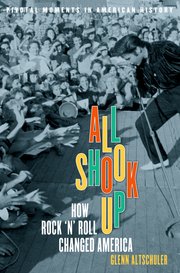 I’m not quite sure what compelled me to pick up this book. It tells the story of Marie Duplessis, one of the 19th century’s most well known courtesans from her difficult upbringing to her rise among the Paris elite. Made famous by her beauty, Duplessis’ story is much better known through the novel, play and opera that made her a cultural icon.
I’m not quite sure what compelled me to pick up this book. It tells the story of Marie Duplessis, one of the 19th century’s most well known courtesans from her difficult upbringing to her rise among the Paris elite. Made famous by her beauty, Duplessis’ story is much better known through the novel, play and opera that made her a cultural icon.
In her colourful biography, Kavanagh seeks to look at who Marie Duplessis actually was not the woman portrayed on the stage. Duplessis was much more calculating and manipulated that she is portrayed as. This will be disappointing to those readers looking to find some integrity behind Marie as her letters to various suitors and willingness to do anything to get ahead show that Marie was quite calculating and her one true love always remained money.
Kavanagh is actually quite sympathetic to Marie however using her hard upbringing as an explanation for her behavior later in life. The daughter of wretchedly poor peasants in Normandy, her father an alcoholic peddler, Marie’s early life was definitely not easy. After moving to the city and working as a laundress however Marie (formally Alphonsie) began to gain notoriety for her looks and realized she could make money and succeed being “kept” by another man. Her love of material good strong, Marie elected to this option.
This was a good book but I wish that Kavanagh had spent a bit more time setting the scene in 19th century Paris. I loved learning about Marie Duplessis but would have loved to know more about her historic context and the world of high class courtesans in Paris.
 In today’s world where we spend a majority of our time being exposed to sex whether through popular culture, advertising, or online dating apps, it’s easy to think of celibacy as something restricted to the past or the very religious. In her book however, Abbott traces the fascinating history of celibacy from biblical times through to the present day looking at the way that abstaining from sex has been used to both control and empower people.
In today’s world where we spend a majority of our time being exposed to sex whether through popular culture, advertising, or online dating apps, it’s easy to think of celibacy as something restricted to the past or the very religious. In her book however, Abbott traces the fascinating history of celibacy from biblical times through to the present day looking at the way that abstaining from sex has been used to both control and empower people. Lauded as one of the most important works dealing with the First World War, Barbara Tuchman’s
Lauded as one of the most important works dealing with the First World War, Barbara Tuchman’s  I love reading about the Salem witch trials. Obviously anything to do with witchcraft will seem intriguing and is easily sensationalized, but the trials, because the were so confined to a specific time and place make them so interesting to study. Why Salem? Why 1692? These are questions that have bothered American historians. While many are apt to pass over the witch trials or view them as simply an anomaly in American history, there are a number of scholars who have attempted to give this event a significant amount of attention.
I love reading about the Salem witch trials. Obviously anything to do with witchcraft will seem intriguing and is easily sensationalized, but the trials, because the were so confined to a specific time and place make them so interesting to study. Why Salem? Why 1692? These are questions that have bothered American historians. While many are apt to pass over the witch trials or view them as simply an anomaly in American history, there are a number of scholars who have attempted to give this event a significant amount of attention. 






